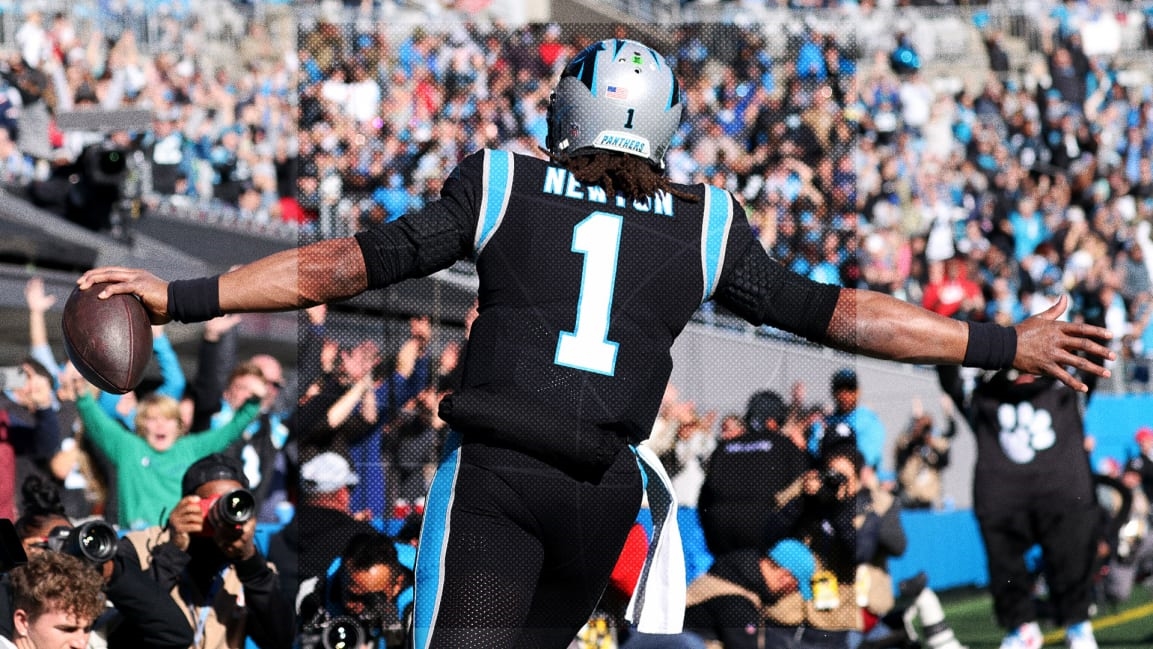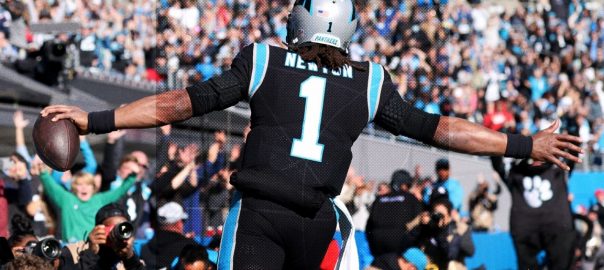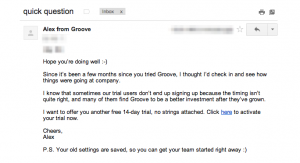
For the last 13 years, Cam Newton has been deeply involved in 7-on-7 youth football, running teams of many ages through his foundation. Now, the former NFL MVP is becoming an investor with Brooklyn-based Overtime’s newest sports venture OT7, a new 7-on-7 football league for high school-age players that aims to take what has typically been seen as a skill-development offshoot of the sport and turn it into its own bonafide media property.
“We’ve been filming and putting 7-on-7 football on our [social] accounts for about three years, and it’s so fun and exciting,” says Overtime CEO and cofounder Dan Porter. “But it’s known by numbers—’seven-on-seven’—nobody can name a team or a player or anything else. So the opportunity to do it, and partner with Cam [Newton], gives us a chance to tell a much larger story here.”
OT7 will feature up to 24 teams, playing in Las Vegas in June, playing about 8 games each, plus playoffs and a title game. Like all 7-on-7 football, games will be 20 minutes long and played on a 40-yard field with tackling restrictions.
“It’s a type of football that really allows them to show their personalities,” says Newton. “When you see that come to life it’s amazing, and with Overtime, they capture the most beautiful, rawest videos and moments. It gives them an opportunity to show people the real person behind that amazing play.”
Overtime has raised more than $140 million since its launch in 2016, including $80 million last April from investors, such as Drake and Bezos Expeditions, and such NBA stars as Devin Booker, Trae Young, and Klay Thompson.
Seven-on-seven football has traditionally been used within the sport to help players in the skilled positions (like quarterback, wide receiver, running back, cornerback) continue developing skills outside the regular season of their traditional teams. In recent years, it’s also become a social media phenomenon, allowing these players to express themselves in a way they can’t in traditional football.
Case in point, because there’s no tackling, there are no helmets in 7-on-7, so players are distinguishable and recognized more as individuals. That social media popularity, plus the shorter game time and overall focus on offense, all combined with the sport’s lack of formal media coverage, appeared to be a white space of opportunity for Overtime, which boasts about 65 million followers and more than 1 billion views across its social channels.
If this sounds at all familiar, last year Overtime saw a similarly underdeveloped sports content opportunity in high school basketball prospects and launched Overtime Elite to give elite high-school basketball players another path to the pros outside of the NCAA. This past season OTE featured some of the top NBA prospects in the country.
That program has attracted more than 230 million views, and according to the company, if it were in the NCAA, it would have the fourth largest Instagram account in college basketball. OT7 isn’t as comprehensive a program—it’s more like a week-long tournament—but it aims to expand the appeal of 7-on-7 to the more casual football fan.
“Like high school basketball, you had to be super nerdy into all the rankings to know anything about [7-on-7],” says Porter. “It wasn’t mass accessible. What we’re able to do is dig into storytelling and reframe it in a way that millions of young people could get to know these characters.”
That reframing includes not actually broadcasting the league as it happens in June, but instead treating it more like an unscripted TV competition show, and airing “episodes” in later weeks and months. Porter compares it to how fans enjoy Formula One racing through the Netflix series Drive to Survive. “In a way, it’s not that different,” says Porter. “It’s just instead of being a Netflix series, we do it in our style across social for a different audience.”
(39)
Report Post




